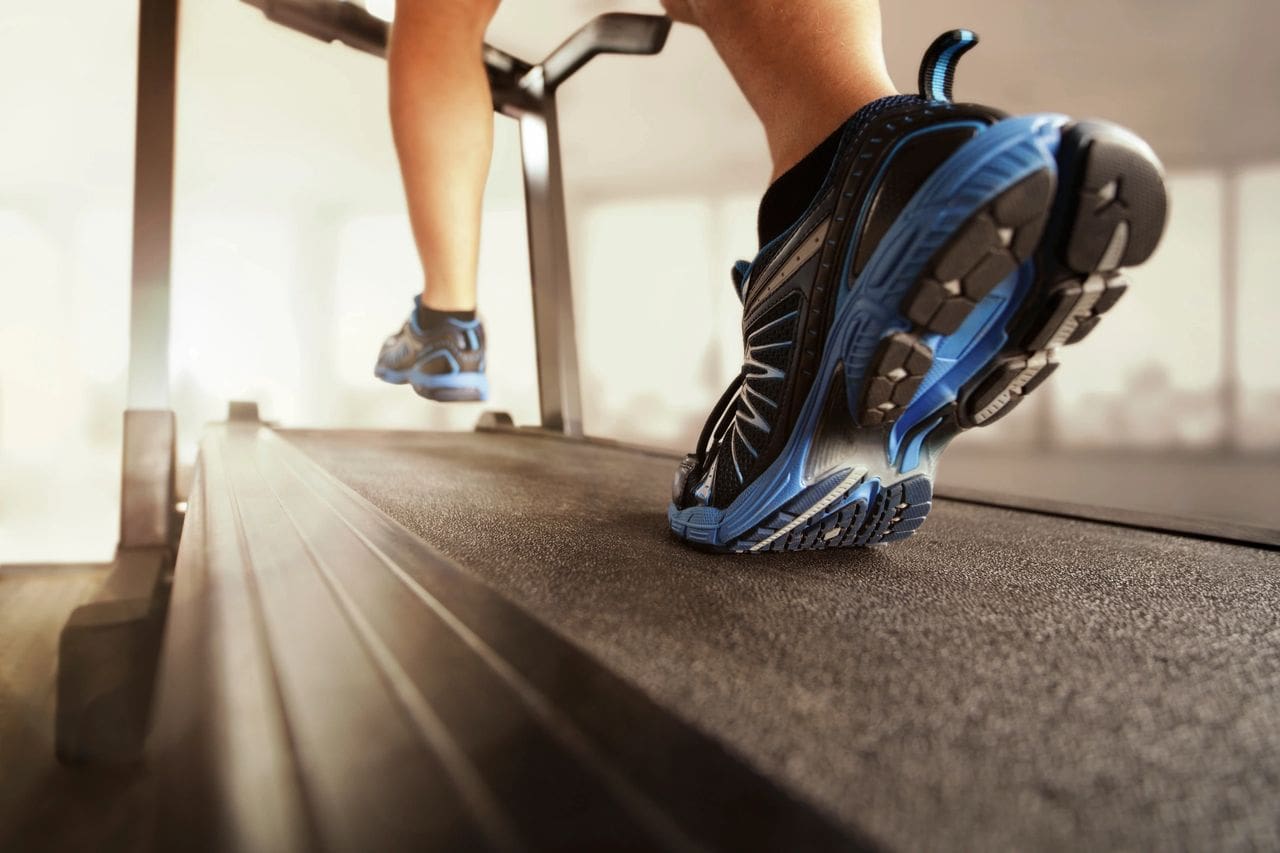
Running 101: Part III

GAIT
Our discussion on running continues! Today, we will talk about gait. Gait is basically the way you run. It is your running pattern or biomechanics.
One of the best things about running is its simplicity. To start running, you don’t need lessons or practice. You just do it. Because it is something most people innately know how to do, it is often not considered a skill that can be improved. As a result, we often don’t always recognize the benefits of practice and technique. However, there are many benefits! In the context of injury, changing gait can off-load sensitive or injured tissue. In the context of performance, we can work on improving running economy. This means becoming more coordinated and efficient with each stride so that more of the energy that the runner exerts gets transferred into movement in the forward direction. Often times, a lot of energy can be lost to vertical, lateral or rotational motion. (Picture the difference between someone whose head bobs up and down versus someone who has very little head movement.)
Additionally, your step length (how big of a step you take) and your cadence (how frequent you step) are important variables to consider both for rehab and performance purposes. Longer strides and less frequent steps, termed over-striding, may load your knees more than shorter strides and more frequent steps. Over-striding will also result in a greater breaking impulse when your foot strikes the ground which essentially slows you down and decreases your efficiency.
Despite opposing viewpoints and changing trends in the running community, research hasn’t identified one ideal way to run. Therefore, it is extremely important to understand the context and goals of a runner in order to give individualized recommendations about gait. Sometimes, by improving strength, mobility or stability deficits (as discussed in the last post), a runner’s gait will improve on its own. Certain cues, drills and short spurts of focused practice can also help a runner modify their gait either to offload an injured area or to work on efficiency and performance. If cadence is an issue, a metronome or select music at the right beats per minute can help increase step frequency and decrease over-striding. Typically, drastic changes to gait are not necessary.
At Dynamic Physical Therapy Chicago, we can perform a gait analysis to gain information about how you are running. First, at your initial visit, we will take a video of your running pattern on a treadmill. Then, we will analyze your form at several points throughout your gait, including when your foot first strikes the ground, during midstance, and just before your foot leaves the ground. We will look at joint positioning, arm-swing and cadence. We will also identify any excessive vertical, lateral, or rotational motion that might take away from forward movement. We correlate all of this with the bigger picture of what is going on with you. At your follow up visit, we will discuss the findings and create a plan to fine tune your gait. Depending on our findings, this will include strength and stability training, mobility exercises, and coordination/technique drills.
Please contact me at mary@dynamic-pt.com if you would like to schedule a gait analysis or have questions regarding a running related injury.
Like us on Facebook or follow us on Instagram @dynamicptchicago for more information on exercises for runners.
